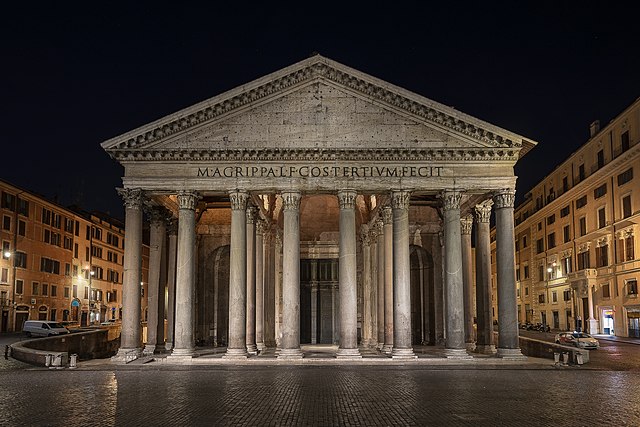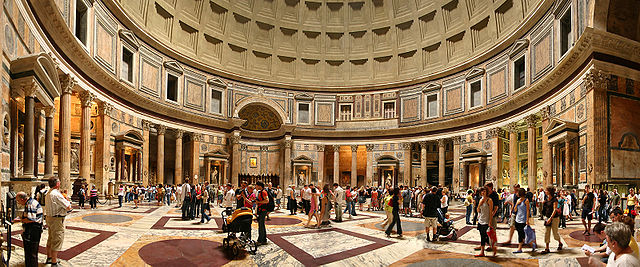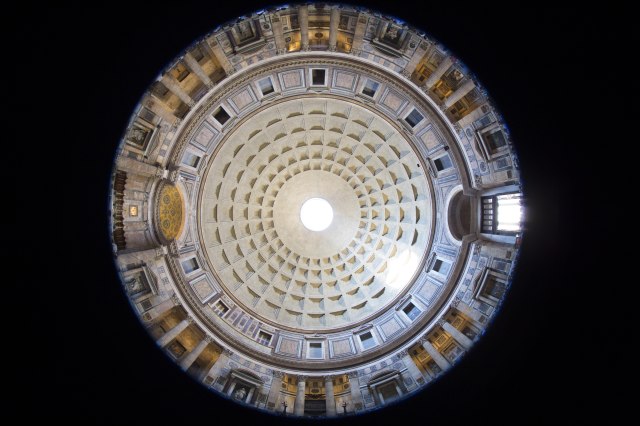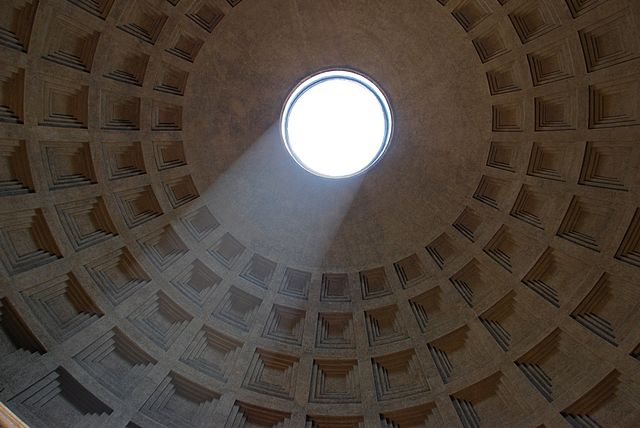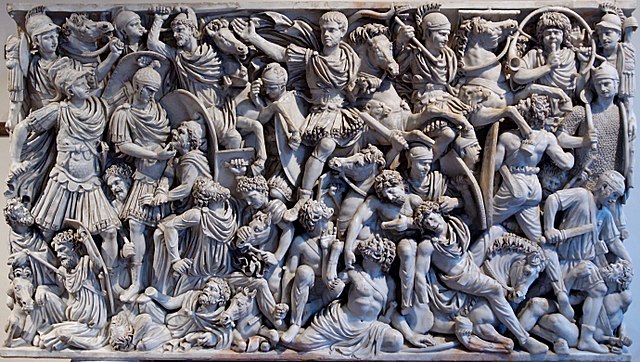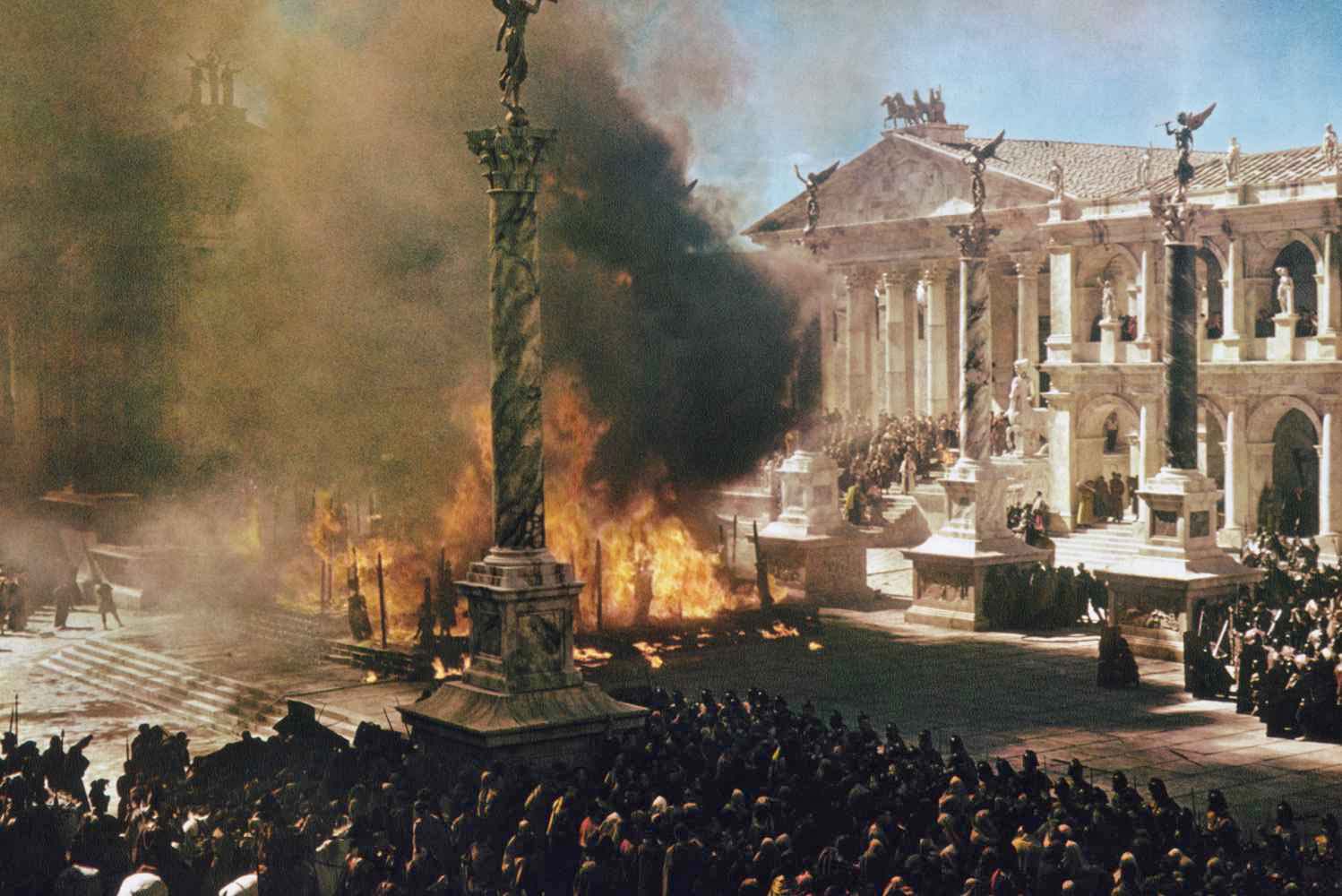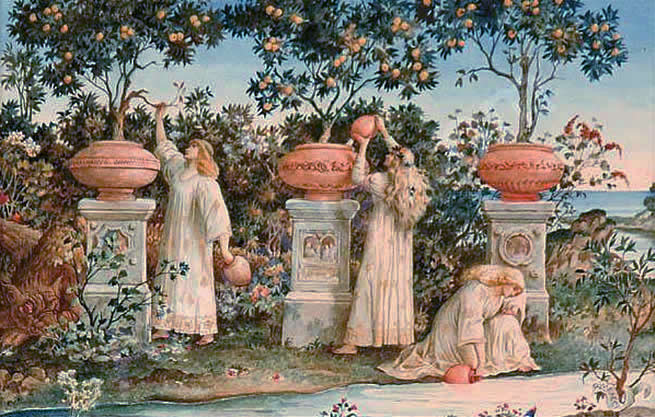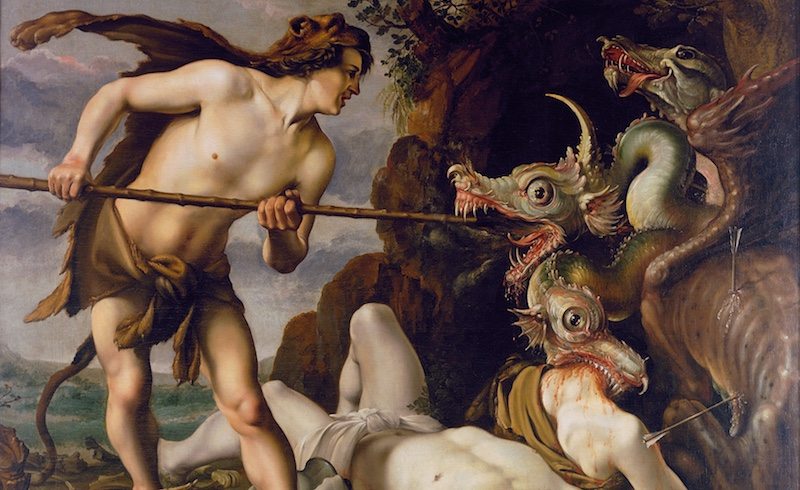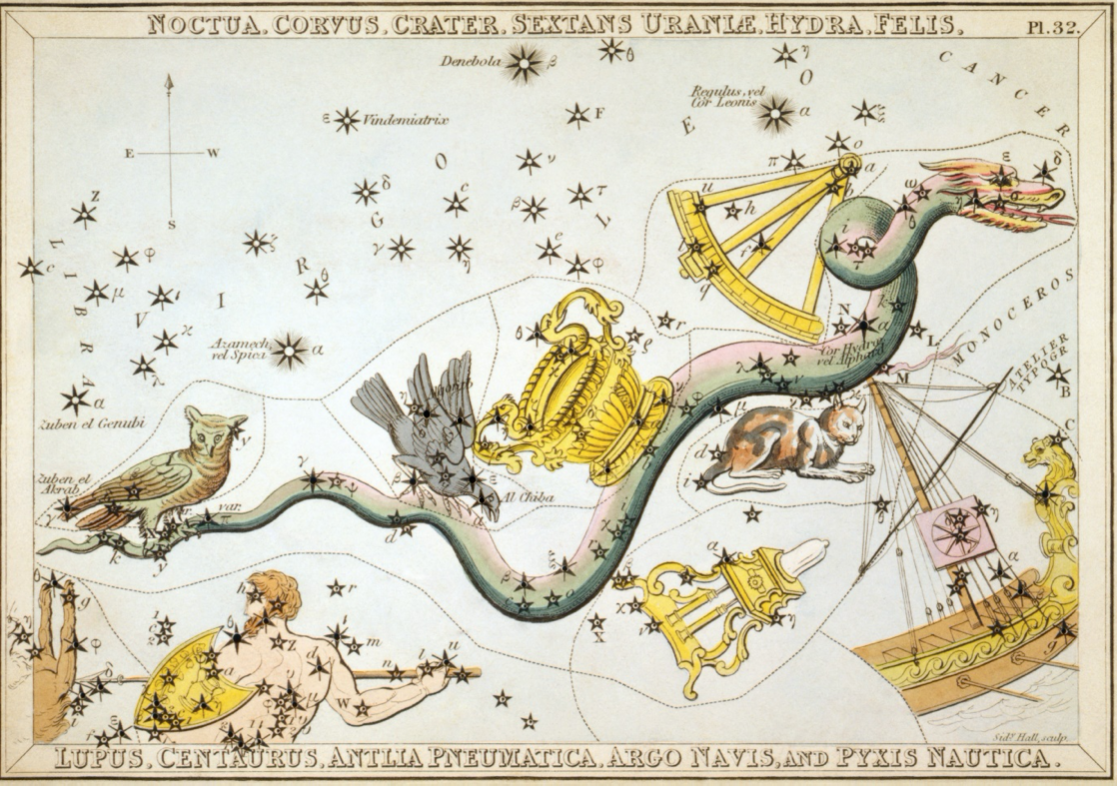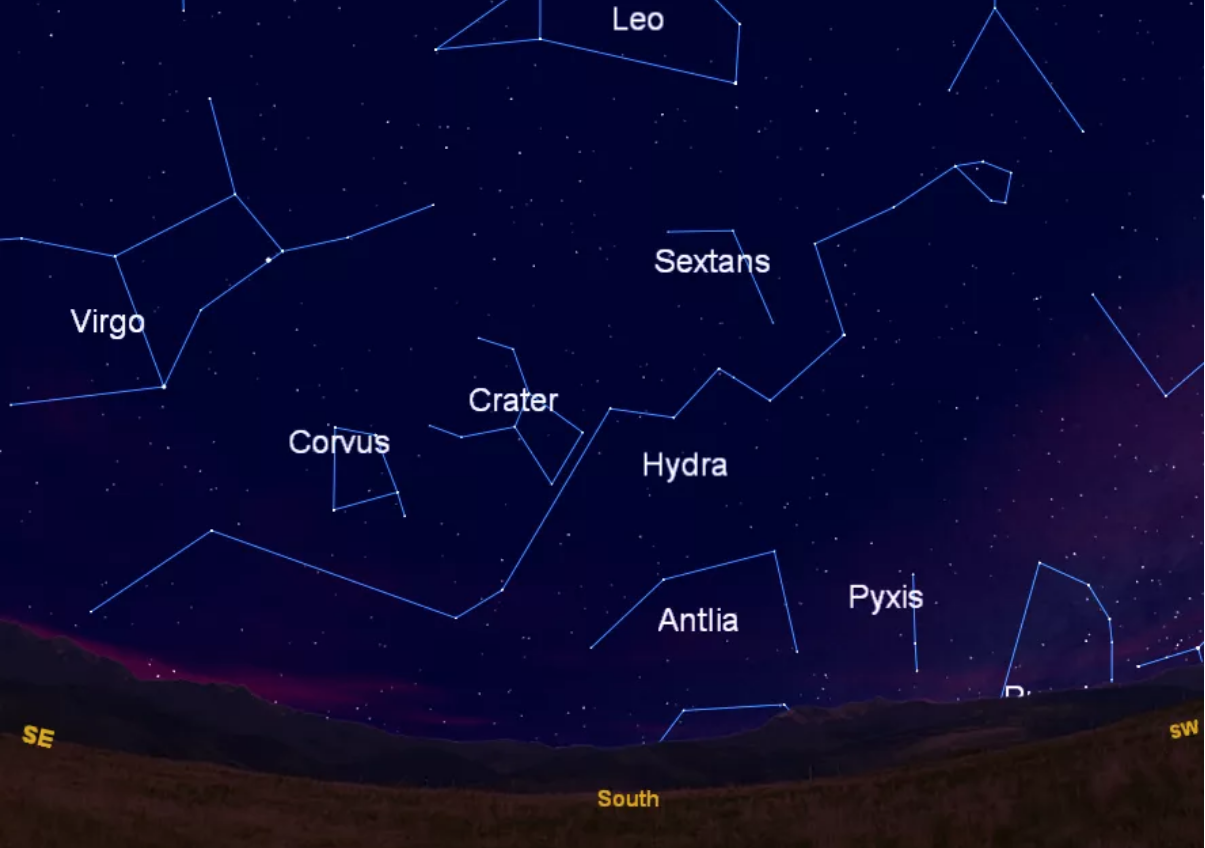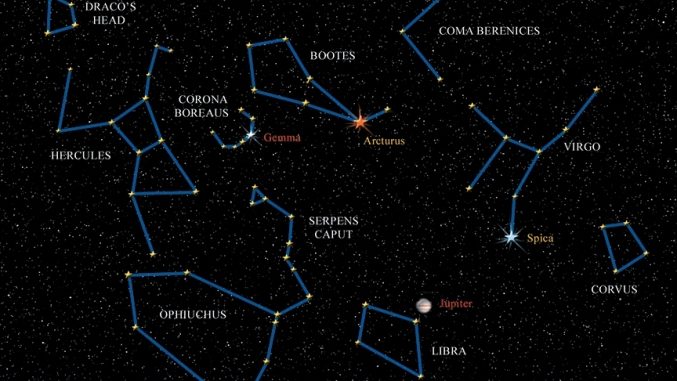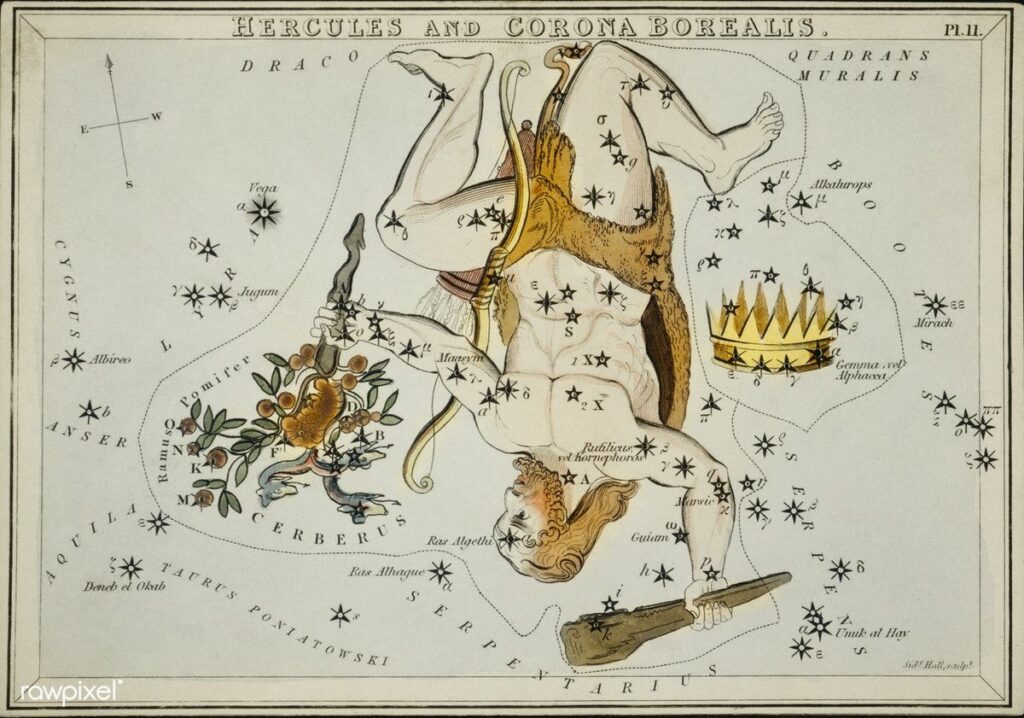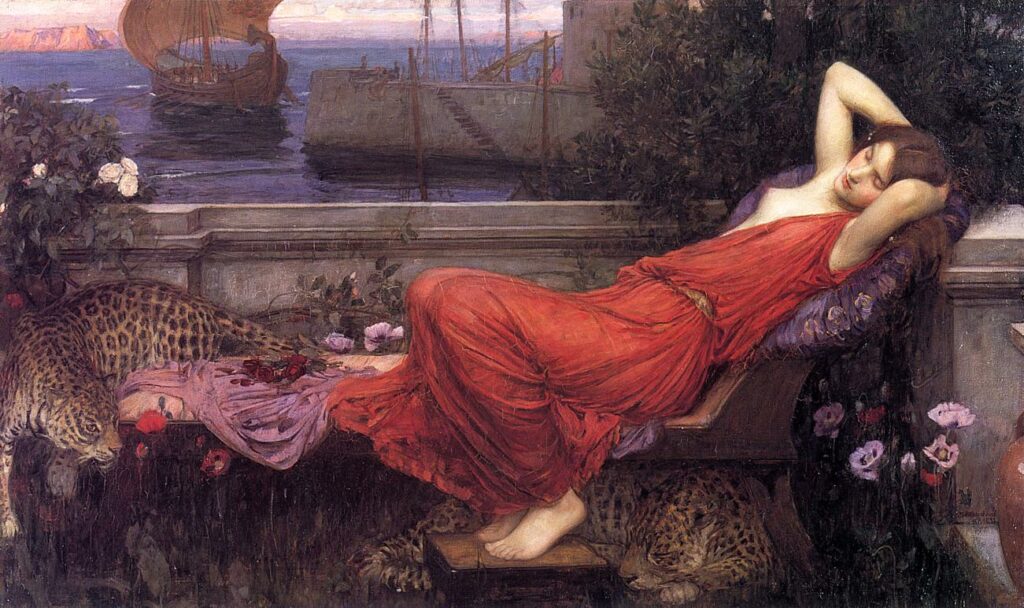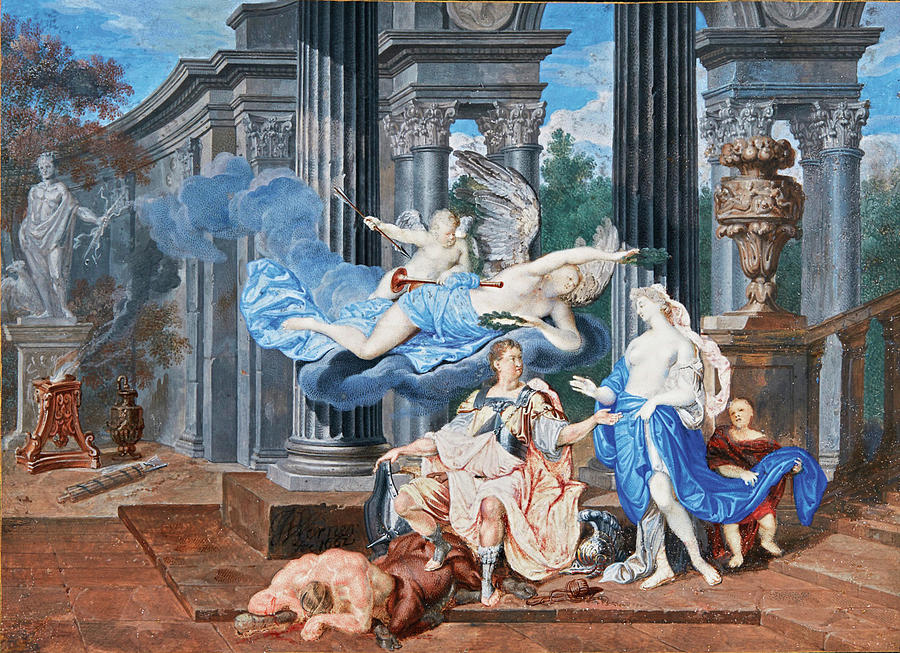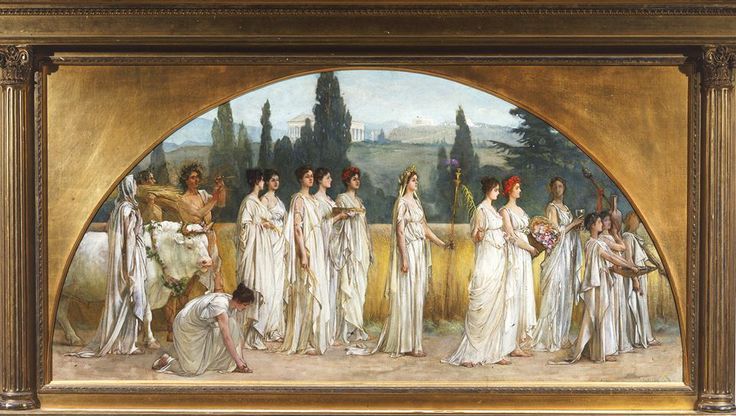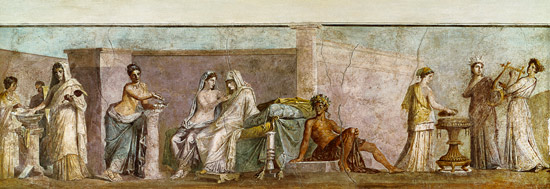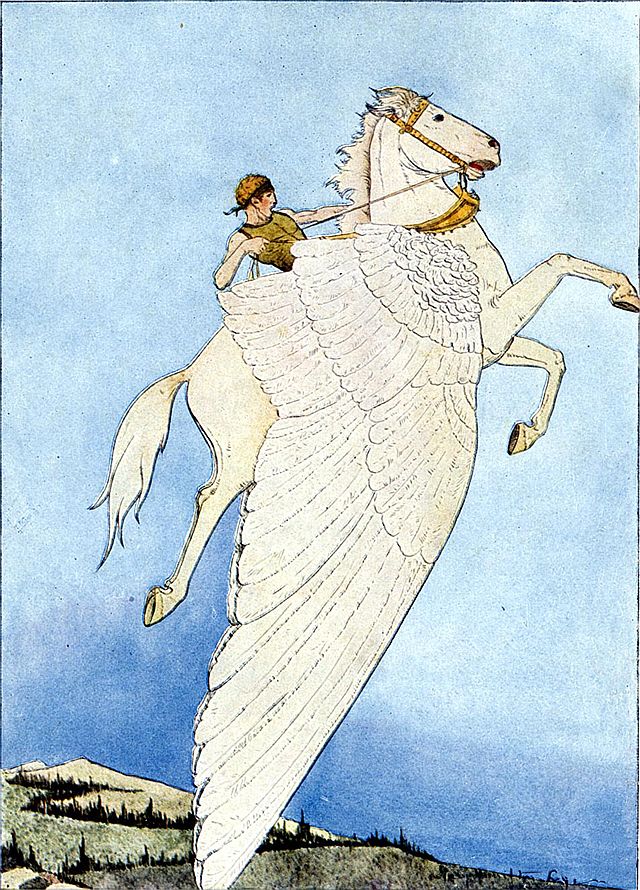Written by Danielle Alexander, Contributing Writer, Classical Wisdom
In modern astronomy, this constellation is often divided into two or four parts. One is a female water snake called Hydra, the other, Hydrus. A smaller constellation located in the southern hemisphere, Hydrus is considered the male counterpart of this giant, sprawling star serpent.
At twenty-seven stars, this is the largest constellation in the sky, visible from almost anywhere around the world. Unfortunately, it lacks particularly bright stars, so can be difficult to spot. The brightest, an orange star named Alphard, meaning solitary in Arabic, is so named due to its seeming loneliness in the abyss.
The six stars that form the snake’s head are the constellation’s most distinctive feature. The head has a culmination on January 31st, whereas the tail culmination occurs during April. Culmination is when the constellation, or in this instance part of the constellation, reaches the zenith of the celestial sphere’s rotation, appearing higher in the sky.
Greek Astronomy

An artistic impression of Hydra with its surrounding asterisms. Image: Sidney Hall
In case you haven’t noticed, humans have a curious fascination with the night sky. Some of the stories we “see” as constellations go all the way back to Mesopotamian times (1300-1000 BC), where sky-watching was a prestigious occupation.
Gradually, early astronomy developed a mythic component. Over time, different narratives evolved in response to changes in interests and values over the generations, reflected in patterns in the sky. These narratives likely experienced dramatic development during the transition from oral to written transmission, but to what is extent is unknown.
Today, the International Astronomical Union lists 88 official constellations, many of which date back to Ptolemy’s seminal work on astronomy, The Almagest (A.D 150).
Compared to the rest of the ancient world, the Greeks began investigating the stars rather late (Hesiod and Homer, 500 BC). As such, they incorporated a lot of astronomy from their eastern neighbors. The Greek astral mythos canon was solidified by Eratosthenes, in a work now lost to us.
Slithering Across the Sky

Hydra photographed above the scenic lake of Llyn y Fan Fach in the Brecon Beacons Dark Sky Reserve in Wales, U.K. Image: Huw James Media
Hydra was identified as far back as ancient Sumer, where it was named after the primordial salt-water dragon goddess, Tiamat. In the myth, Tiamat slaughters the inhabitants of Earth, her offspring with Abzu/Apsu, the primordial god of fresh water, after they had slain her beloved. As myth and time progressed, she was usurped by the storm god Marduk, who overthrew the queen to gain divine regency amongst the Mesopotamian pantheons.
The introduction of Marduck, Babylon’s supreme deity, reflected the increase of political power that Babylon had over the Sumerian and Akkadian states of Mesopotamia. In this way, the Mesopotamian myth of the serpent contains a simplified, mythologized history of the region.
The serpent also held importance in Egypt, where it was likened to the unfurling, curling nature of the Nile, signifying changes in zodiacal alignments and celestial events.
However, in ancient Greece, this constellation was the formidable Lernean Hydra, the second of the great Labors of Heracles. The story goes that Hercules was set against the Hydra, mythological monster with nine heads that oozed venomous substances from gaping jaws.
The offspring of Typhon and Echidne, reared by Hera, the Hydra was terrorizing the sacred and fertile region of Lerna, near Argos. On ancient Greek coins, the Hydra is stylized with seven heads to mimic the river Amymone, where it was said to have lived prior to invading the Lernean swamp. The problem of the multiple heads couldn’t be resolved by decapitation due to their fierce regrowth, sprouting two or three more heads from their bloody stumps.
Heracles, with the aid of Athena, tempted the Hydra out of hiding with flaming arrows and held his breath when it emerged. He then lopped off its heads, but they just grew back. The twisting tail sought to trip him as it gripped his ankles and he uselessly waved his club around. Hera, determined to see the young hero fail, sent a crab to pinch his feet. It was swiftly squished. This then became the astrological constellation of Cancer.

Hercules and the Hydra
The flailing and ever-increasing number of heads was becoming overwhelming for Heracles, who was saved by his charioteer, Iolaus. Iolaus heroically set fire to the grove in which the battle occurred and waved burning branches at the fresh stumps, cauterizing the wounds and preventing their regrowth. This also provided sufficient distraction for Heracles, who was able to access the golden head of the Hydra and remove it with a golden falchion (a type of sword), thus claiming victory over his second trial. He then dipped his arrows into the disemboweled body of the monster. However, his victory was short-lived as Eurystheus, who had set the trial, held that Hercules had cheated because he received assistance.
Lerna was known as the location where Dionysus had ventured to the Underworld, and so housed several divine shrines to the god, where secret nocturnal rites were performed. Additionally, the Mysteries of Demeter were celebrated there, in a shrine set at the locale where Hades took Persephone to the Underworld. It appears this location was a hotspot for traversing realms. Robert Graves has suggested that this classical mythology was a historical attempt to suppress the archaic fertility rituals of the Mysteries that took place there.
Crimes of Corvus

Urania’s Mirror, 1825
Hydra actually has two constellations perched on its back: Crater, or Bowl, and Corvus, or Crow. This peculiar combination is associated with Apollo’s punishment of the Crow. The tale goes that the bird was sent by Apollo to retrieve water for a ritual libation. Unfortunately, some figs distracted his feathered friend while on the quest. The Crow waited several days for the figs to ripen in order to pluck the delicious snack from the tree and gobble them up, having forgotten his heaven-sent task.
Once his tummy was full, the Crow suddenly remembered – the water for the gods! In a bid to save his own feathers, he snatched a water-snake and brought it before Apollo, claiming it had consumed all the spring water. Apollo, seeing the ruse, cursed the Crow to suffer from thirst during the season of fig ripening. In order that the crime would not be forgotten, Apollo put the imagery into the heavens, with neither the Snake nor the Crow able to reach the bowl of water.
In some versions, the Crow returns with a bowl of water, albeit several days late, and the Snake was only placed amongst the stars to deter the Crow from the bowl. This is not the only story involving Apollo cursing the Crow, and it makes you wonder why he kept them in employment!
The ‘Bowl’ Constellation in Troy

Image showing Hydra in the southern sky at around 9 pm ET, mid-latitudes, Northern Hemisphere. Credit: © Starry Night Software
The Bowl, also known as the Crater, is a constellation in its own right and has mythological roots going back to Troy. While the city was ruled by Demophon, it was plagued with a … well, plague. Demophon, distraught by the epidemic, invoked Apollo, who had worked with Poseidon to construct Troy and so favored the city. In order to stop the plague, Apollo demanded a maiden of noble origin be sacrificed to the patron god of the cities every year.
Demophon devised a system in which all the noble women would be sacrificed except his own daughters. This worked for a while, until another noble family patriarch, Mastousios, refused to enter his daughter. The king, outraged, ordered that his daughter be sacrificed, without drawing lots.
Mastousios played the long game and did not seek immediate retribution against the king. He pretended to befriend him, and spent a year winning his favor. When it came to the sacrifice, he informed the king he had chosen a victim this year and organized the ceremony. The king, no doubt busy with royal affairs of state, sent his daughters ahead of him with a wave and a “I’ll meet you there.”
The vengeful noble Mastousious slaughtered the king’s daughters and mixed their blood into the wine that he presented to the King upon his arrival. Unsurprisingly, the plan came to a bad end when the King realized what had happened and threw Mastousious into the sea. This body of water retained the name, and the event was placed into the sky as a reminder against abusing power for one’s own benefit.
This tale does not bare much resemblance to the imagery presented in the stars. It appears to have been created to provide an origin for the harbor and sea name in the region, rather than being representative of the story around the constellation.
Conclusion
The serpent in the stars reflects the tales of love, betrayal, and political upheaval. The size of this constellation reflects the variations of mythos surrounding it, regardless of whether it is seen entirely as Hydra or divided into the crow and the crater. As the story of the bowl constellation in Troy demonstrates, some Greek tales almost seem forced into place. The serpentine motif is predominantly associated with the pre-Olympian pantheons and the rage of primordial Tiamat, yet it continues to dominate today by taking up the largest part of the night sky.
References:
Cornelius, G. (2005). The complete guide to the constellations. London: Duncan Baird.
Ératosthène, Hygin, Aratus and Hard, R. (2015). Constellation myths. Oxford: Oxford University Press, pp.110-114
Fontenrose, J. (1940). Apollo and the Sun-God in Ovid. The American Journal of Philology, 61(4), 429-444. doi:10.2307/291381
Graves, R. (2012). The Greek myths. New York: Penguin Books.
Kirk, G. S. (1972). Greek Mythology: Some New Perspectives. The Journal of Hellenic Studies, 92, pp.74-85
Liritzis, I., Bousoulegka, E., Nyquist, A., Castro, B., Alotaibi, F., & Drivaliari, A. (2017). New evidence from archaeoastronomy on Apollo oracles and Apollo-Asclepius related cult. Journal Of Cultural Heritage, 26, 129-143. doi: 10.1016/j.culher.2017.02.011
Schaefer, B. (2006). The Origin of the Greek Constellations. Scientific American, 295(5), pp.96-101.

